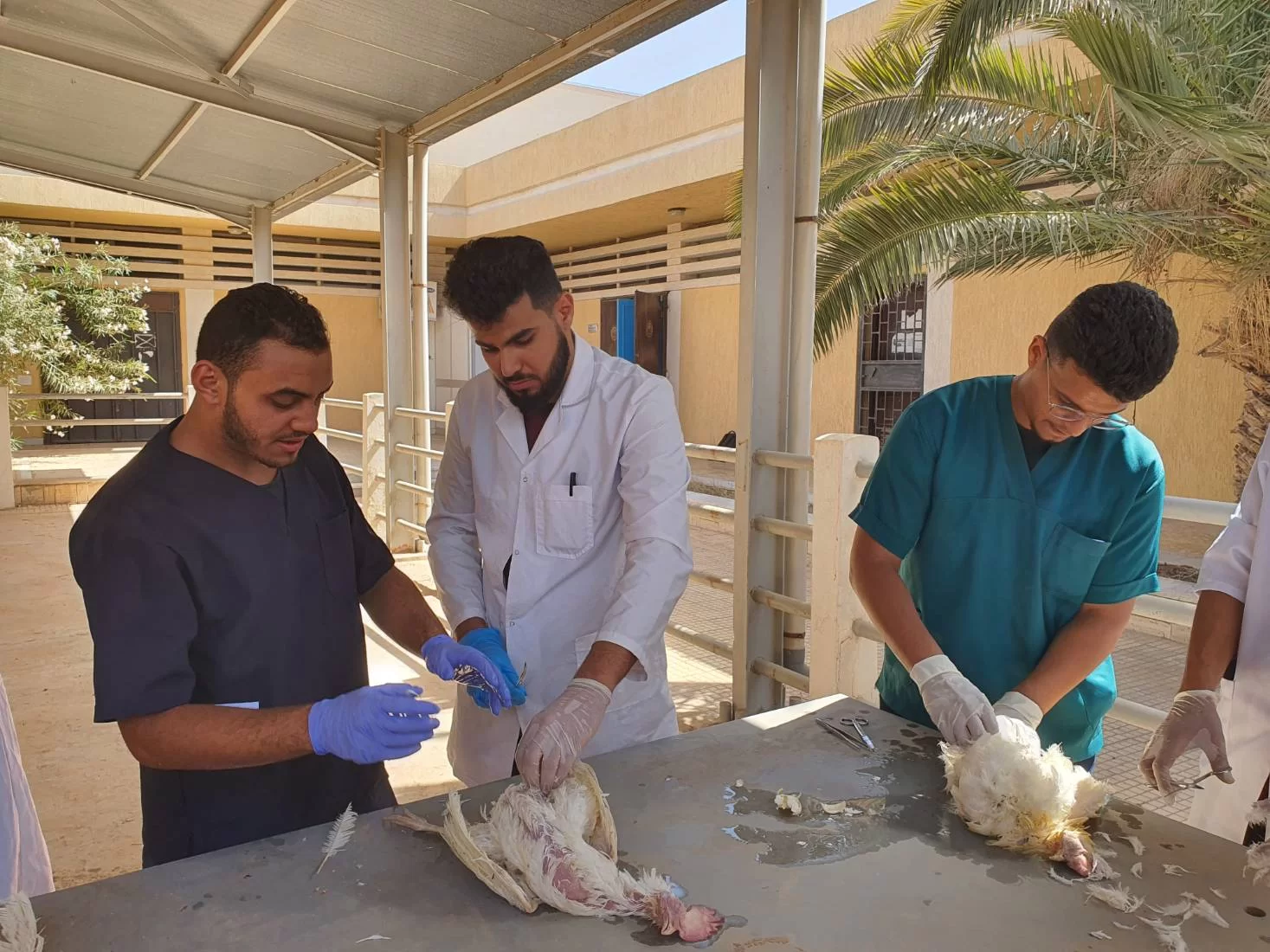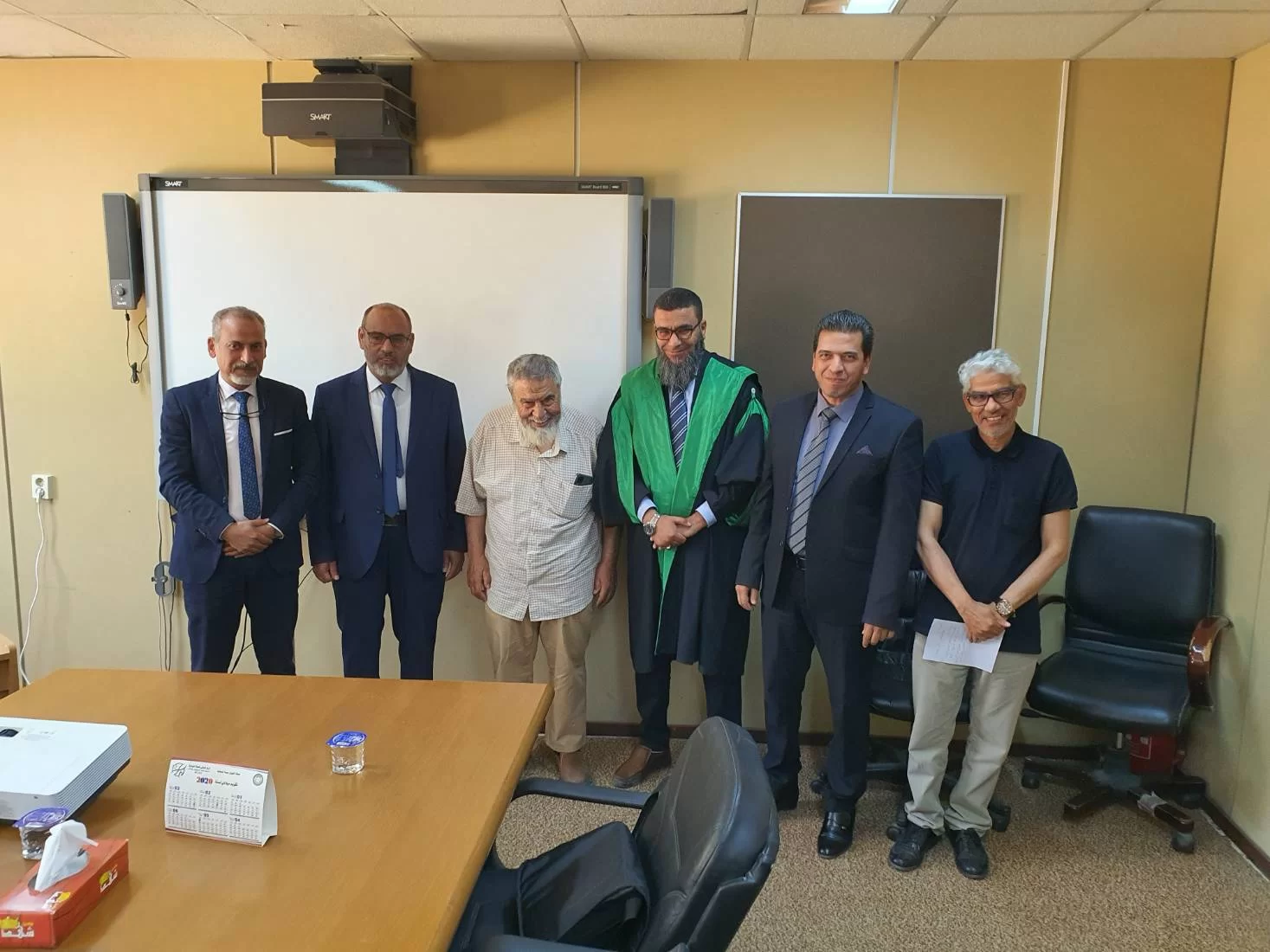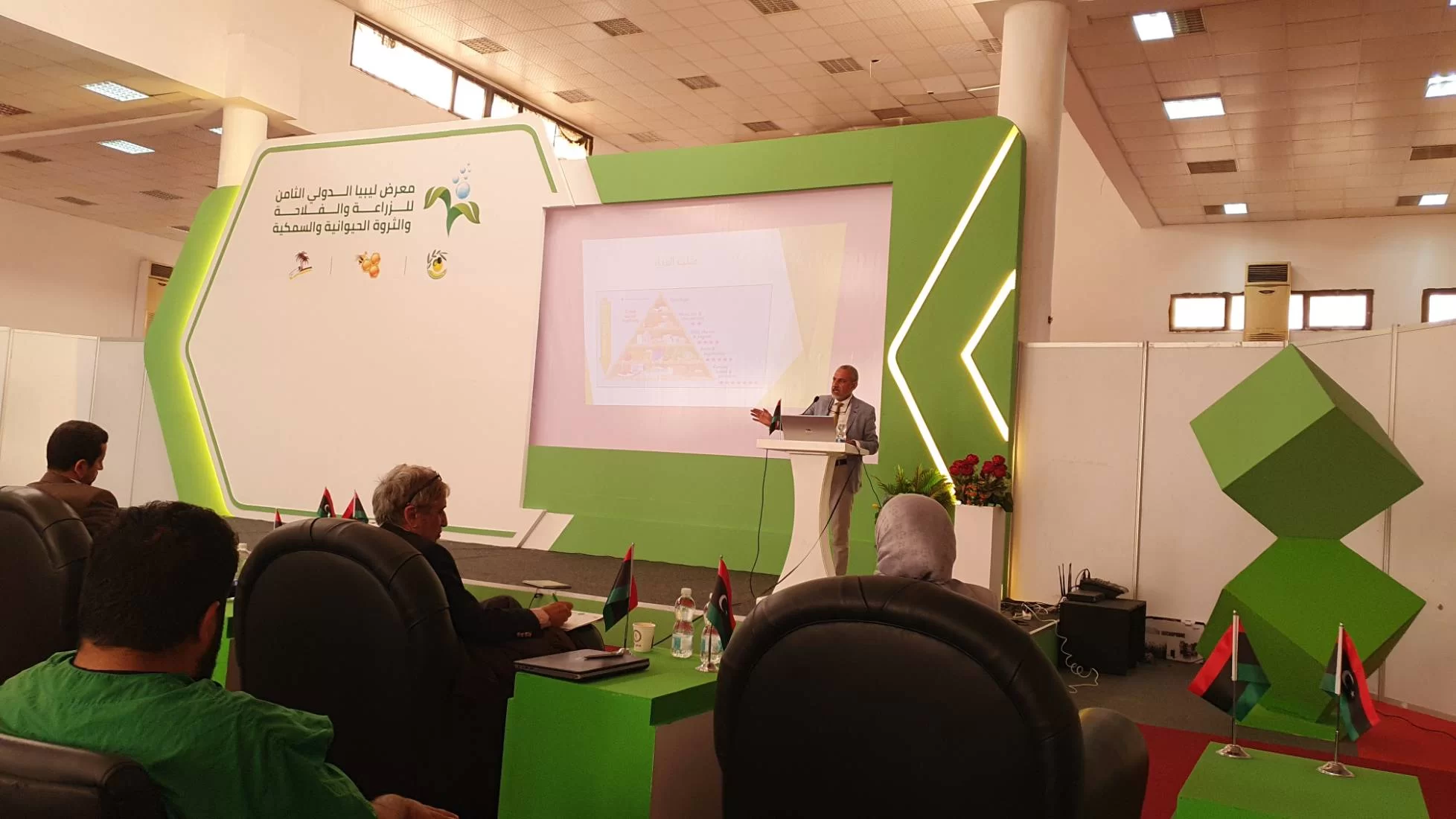Department of Poultry & Fish Disease
More ...About Department of Poultry & Fish Disease
An overview of the department:
Department of Poultry and Fish Diseases is categorized by the clinical departments in the College, where two divisions fall under it; Poultry Diseases division and Fish Diseases division which was a requirements of bachelor's degree in veterinary medical sciences. The department awards a Master's degree in Veterinary Medical Sciences (MVSC) in the following specialization programs:
1) Poultry diseases study program.
2) Fish diseases study program.
Facts about Department of Poultry & Fish Disease
We are proud of what we offer to the world and the community
Publications
Academic Staff
Programs
Master of Poultry diseases
This program is implemented through the study of academic courses, so that the number of units is not less than (24) and not more than (30) units of study over 3 semesters, in addition to the completion of a specialized scientific research thesis with (6) credits. The legal period required to obtain...
DetailsWho works at the Department of Poultry & Fish Disease
Department of Poultry & Fish Disease has more than 8 academic staff members





Dr. Abdalssalam Ali Abumhara Abumhara
عبدالسلام هو احد اعضاء هيئة التدريس بقسم أمراض الدواجن والاغنام بكلية الطب البيطري. يعمل السيد عبدالسلام بجامعة طرابلس كـاستاذ مساعد منذ 2017-09-06 وله العديد من المنشورات العلمية في مجال تخصصه









